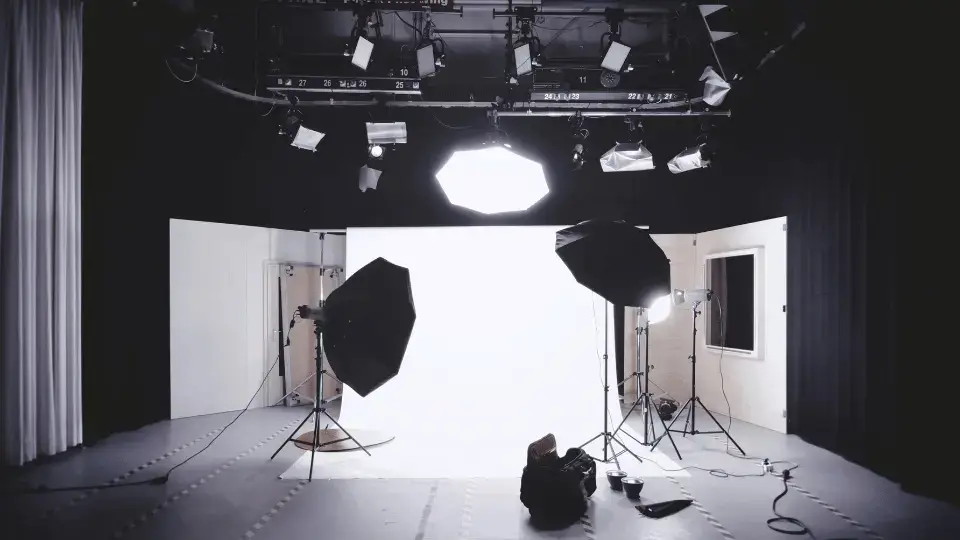The Cinematography of 2001: A Space Odyssey
Stanley Kubrick’s 2001: A Space Odyssey was a visual masterpiece that continues to captivate audiences with its stunning imagery and innovative techniques. Collaborating with cinematographer Geoffrey Unsworth, Kubrick crafted a visual language that pushed the boundaries of cinema. One striking aspect of the film’s cinematography was the deliberate use of long, slow-moving takes. These extended shots created a profound sense of awe, allowing viewers to fully immerse themselves in the film’s futuristic settings.
Another notable feature of 2001: A Space Odyssey’s cinematography was the skillful use of color. Kubrick and Unsworth employed a vibrant color palette to evoke a sense of otherworldliness and to distinguish different environments within the film. The sterile, white interiors of the spacecraft were juxtaposed with the warm, earthy tones of the African landscape, serving to establish a distinct atmosphere while complementing the film’s overarching themes of evolution and progress.
Additionally, the groundbreaking visual effects in 2001: A Space Odyssey, masterminded by Douglas Trumbull, were a testament to the film’s innovative approach. Trumbull’s fusion of practical and optical effects resulted in awe-inspiring visuals that were far ahead of their time. From the mesmerizing “Star Gate” sequence to the graceful ballet of weightless astronauts, the film’s special effects remain a testament to the potential of imaginative storytelling on-screen.
Lessons from 2001: A Space Odyssey
Aspiring filmmakers and cinematographers can draw valuable lessons from 2001: A Space Odyssey’s exceptional cinematography. Foremost, the film emphasizes the power of collaboration. Kubrick and Unsworth’s close partnership enabled them to push the boundaries of visual storytelling, proving that teamwork is instrumental in achieving greatness in cinema.
The film also highlights the significance of creating a sense of place and atmosphere. Through meticulous attention to color palettes and visual cues, Kubrick and Unsworth succeeded in immersing viewers in the film’s imaginary world. Aspiring cinematographers can learn from their ability to transport audiences to familiar yet alien settings, effectively enhancing the cinematic experience.
Furthermore, 2001: A Space Odyssey serves as a reminder of the importance of innovation and experimentation. Kubrick fearlessly explored new techniques and technologies, paving the way for future advancements in filmmaking. His dedication to pushing boundaries and embracing innovation underscores the notion that true mastery of the craft often comes through risk-taking and bold experimentation.
Key Takeaways
- The cinematography of 2001: A Space Odyssey showcases the power of collaboration, attention to detail, and innovation.
- The film’s use of long takes, color palettes, and groundbreaking special effects continues to inspire filmmakers and audiences today.
- Aspiring filmmakers and cinematographers can learn from the film’s emphasis on collaborative storytelling, creating immersive atmospheres, and pushing the boundaries of conventional techniques.
- If you’re passionate about pursuing a career in the film and TV industry, consider enhancing your skills and knowledge through the NYU Film and TV Industry Essentials online course and certificate program offered by Yellowbrick. This comprehensive program, provided in collaboration with New York University, provides essential insights and expertise to help you succeed in the industry.






